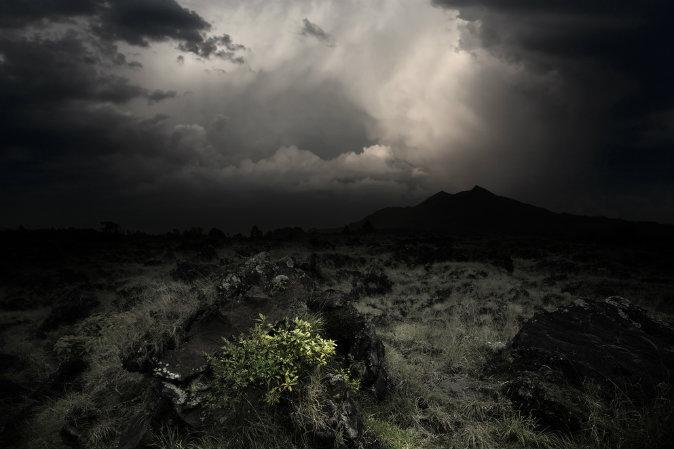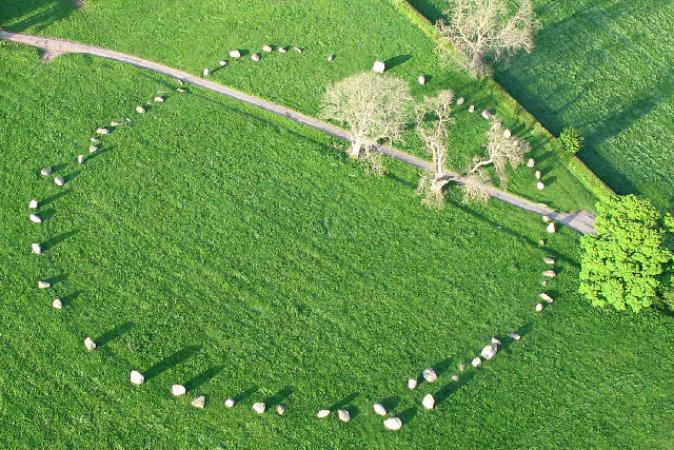At 10:00 a.m. on May 19, 1780, the people of New England thought that Judgment Day was upon them. The sky turned black as night, flowers began folding their petals, and fowls returned to their coops to roost. The moon shined an eerie blood-red as darkness engulfed towns and cities from Maine to New Jersey, spreading fear and chaos in its wake. The event became known as “New England’s Dark Day.”
Numerous eye-witness accounts recorded in diaries, poems, and books describe the panic that ensued as daylight dwindled and darkness persisted well into the evening. Eventually, even the moon and stars were fully obscured by the blackness.
The poet John Greenleaf Whittier wrote of this memorable day in “The Complete Poetical Works of John Greenleaf Whittier” (1873):
“'Twas on a May-day of the far old year
Seventeen hundred eighty, that there fell
Over the bloom and sweet life of the spring,
Over the fresh earth, and the heaven of noon,
A horror of great darkness.”
“Men prayed, and women wept; all ears grew sharp
To hear the doom-blast of the trumpet shatter
The black sky."





